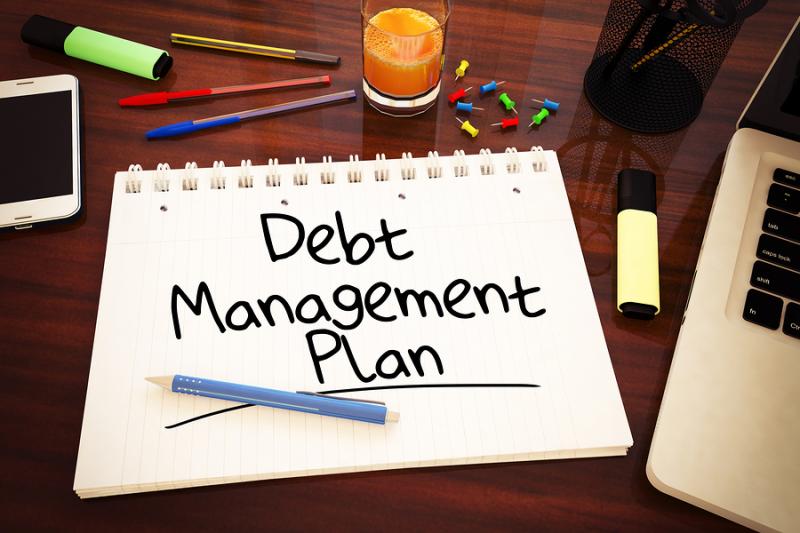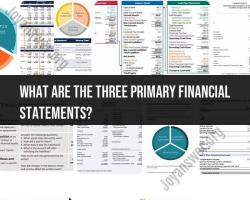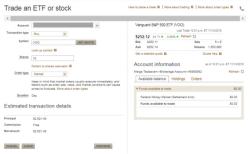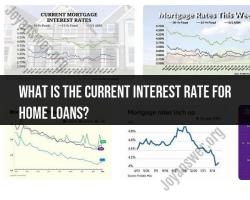What is the best debt management software?
I can provide you with a list of popular debt management software that was well-regarded at that time. Keep in mind that the best software for you depends on your specific needs, preferences, and the features that are most important to you. Also, new software may have been released since my last update. Here are some debt management software options to consider:
YNAB (You Need A Budget):
- Key Features: YNAB is known for its budgeting capabilities and helps users allocate funds to various categories, including debt repayment.
- Benefits: User-friendly interface, goal tracking, and educational resources.
EveryDollar:
- Key Features: Developed by Dave Ramsey, EveryDollar is a budgeting tool that includes debt tracking features.
- Benefits: Emphasizes the importance of zero-based budgeting, goal setting, and debt snowball method.
Quicken:
- Key Features: Quicken is a comprehensive personal finance tool that includes debt management features.
- Benefits: Tracks and categorizes expenses, offers debt reduction planning, and provides investment tracking.
Debt Payoff Planner:
- Key Features: This app focuses specifically on debt repayment strategies.
- Benefits: Customizable debt payoff plans, snowball and avalanche methods, and progress tracking.
Mint:
- Key Features: Mint is a personal finance tool that helps users track expenses, set budgets, and manage debt.
- Benefits: Automatic transaction categorization, budget tracking, and credit score monitoring.
Undebt.it:
- Key Features: Undebt.it is a free online tool for managing and tracking debt repayment plans.
- Benefits: Supports various debt payoff methods, provides payment calculators, and offers a snowball calculator.
Credit Karma:
- Key Features: Credit Karma provides free access to credit scores and monitoring, as well as tools for debt management.
- Benefits: Credit score tracking, personalized financial recommendations, and debt repayment planning.
Tiller Money:
- Key Features: Tiller Money is a spreadsheet-based budgeting tool that integrates with Google Sheets.
- Benefits: Customizable budgeting templates, automatic data updates, and debt tracking capabilities.
Before choosing a debt management software, consider factors such as ease of use, compatibility with your financial goals, cost, security, and customer support. Additionally, check for the most recent reviews and updates to ensure that the software meets your current needs. Always be cautious about the security of the financial information you input into any software and choose reputable, well-reviewed options.
What factors distinguish the best debt management software in the market?
The best debt management software should provide comprehensive tools and features to help individuals effectively manage their debt and improve their financial situation. Here are some key factors that distinguish the best debt management software:
Ease of use and accessibility: The software should be user-friendly and intuitive, with a clear and simple interface that is easy to navigate. It should also be accessible across various devices, including computers, tablets, and smartphones.
Comprehensive debt tracking and reporting: The software should provide robust debt tracking capabilities, allowing users to easily input and monitor their debt balances, interest rates, and payment schedules. It should also generate detailed reports that provide insights into overall debt progress and trends.
Debt management plan (DMP) creation and management: The software should facilitate the creation and management of DMPs, allowing users to consolidate multiple debts into a single monthly payment. It should also provide tools to track payments, monitor progress, and make adjustments as needed.
Credit score monitoring and improvement guidance: The software should offer credit score tracking and monitoring features, allowing users to assess their creditworthiness and identify areas for improvement. It should also provide personalized guidance and resources to help users improve their credit scores.
Budgeting and financial planning tools: The software should integrate with budgeting and financial planning tools, allowing users to manage their overall finances effectively. It should provide tools to track income, expenses, and savings goals.
Data security and privacy: The software should employ robust data security measures to protect user information, including encryption, password protection, and multi-factor authentication. It should also adhere to data privacy regulations and clearly disclose its data handling practices.
Customer support and education: The software should provide responsive and knowledgeable customer support to assist users with any questions or issues. It should also offer educational resources and tutorials to help users understand debt management concepts and strategies.
Integration with financial institutions: The software should integrate with users' financial institutions, allowing for automatic data import and seamless transaction tracking. This can save time and effort in manually entering data.
Mobile app availability: The software should have a companion mobile app that allows users to manage their debt and finances on the go. The mobile app should provide similar functionality and features as the desktop version.
Affordability and pricing options: The software should offer affordable pricing plans that align with the needs and budgets of individuals and families. It should also provide transparent pricing information and avoid hidden fees or charges.













